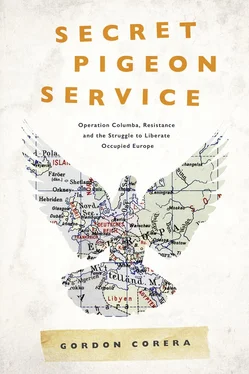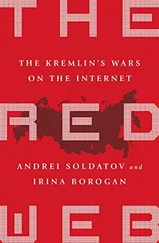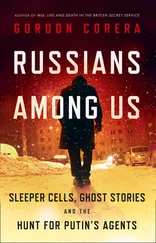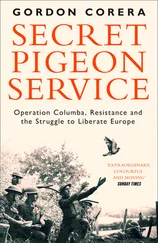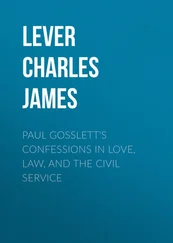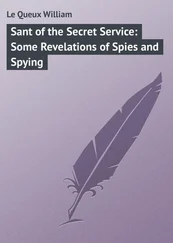Breeding pigeons to improve their ability (or their looks) was honed to a fine art by pigeon fanciers, or – to give them their proper name – the fancy . Pigeon keeping has come to be seen as a working-class preserve, the ‘poor man’s racehorse’, a sport offering the chance to train an animal, enjoy a social life around meetings and even perhaps win a bit of money on the side. Historically, it was also a sport for the well-off, which is why so many country houses had dovecotes and pigeon lofts. The Queen still has her own pigeon loft at her estate in Sandringham, the first pigeons a gift from the Belgian king. At the start of the Second World War, these pigeon owners – rich and poor alike – were called on to play their part in a remarkable and little-known volunteer effort. Total war demanded sacrifice, and pigeons and their owners played their part.
Pigeons did not win the war. People did. And this story is not so much about the birds as about the people who sent and received the pigeons of Columba. Yet, in a war that began with Blitzkrieg and ended with the atomic bomb, pigeons had a unique place when it came to intelligence gathering. Intelligence involves understanding your enemy – the disposition and composition of their forces, the lie of the land and the mood of the people. There are many ways of finding this out, the oldest being to use human spies who can see what is happening. But in this war there was a crucial challenge. How did your agents get the information back from behind enemy lines? Long before modern communications technology, the near-miraculous ability of trained pigeons to return to their home loft offered an unusual but highly effective way of receiving news and communicating.
Columba ran from April 1941 until September 1944. A total of 16,554 pigeons would be dropped in an arc from Copenhagen in Denmark to Bordeaux in the South of France. Casualties were heavy. Some were lost on planes shot down before they had a chance to be released. Some lay unfound in a field. Others fell into enemy hands. Some were eaten by hungry locals. Others were released but never made it back. The pigeons had to race through storms and battle against their nemesis – the hawk – to come home with their precious cargo. They returned with their messages to a quirky and quarrelsome band of British spymasters-cum-pigeon fanciers who did their best to prove the worth of their special operation against bureaucratic hindrances, institutional scepticism and bitter personal rivalries. The story of Columba – and particularly that of its most important message – does not always shine a particularly happy light on the inner workings of British intelligence, revealing divisions often overlooked in rose-tinted accounts of the war. The harsh reality is that brave men and women in the field were sometimes let down by London.
The messages Columba’s pigeons carried, though, would prove their worth. Messages like number 37 provided vital intelligence on Nazi plans to invade England during its darkest hour. Others would bring news of the latest German weapons and would pave the way for D-Day and victory in May 1945. Still other messages were more personal, like the letter from a crashed RAF airman to his mother.
Who were the people who provided this rich seam of intelligence? Some were trained agents. But most were simply local villagers who made a choice to undertake their own small act of resistance. As a result, their messages – sometimes tragic, sometimes comic – provide a unique and untapped insight into the realities of daily life under Nazi occupation, from the struggles over food to the attitude towards collaborators, and even the often terrible impact of Allied bombing on those living under occupation. They offer the authentic voice of the villagers of rural France, Belgium and the Netherlands and their calls to Britain for help.
The pigeon was simply doing what it did by its nature. It knew nothing of the war that raged around it. But for those involved in Columba, the values of sacrifice, duty and a love of home all came to be embodied in the humble pigeon’s flight. The living creatures offered a unique bond. For the British commando dropped with a pigeon behind enemy lines and in fear of his life, the sight of the bird flying off to a suburban garden with a message that he was safe offered a connection to home from a dangerous foreign field. And for a Frenchman or woman or a Belgian living under occupation, there was the knowledge that the pigeon that they released up into the sky was racing back to its home, bearing their message, to a land still free. This was the secret of Columba.
CHAPTER ONE
The pigeon that fell in the farmer’s field near Lichtervelde in July 1941 had begun its journey a day and a half earlier. Home was a loft in a large garden on Lattice Avenue, a quiet suburban street in Ipswich full of recently built houses. The bird had been plucked from its loft and handed over by its owner. Owners were told nothing of where a bird was going or what it would be doing. All they knew was that it was something secret for the war effort.
Soon the bird had company. Our pigeon and its fellow birds were driven in a van about forty miles to Newmarket racecourse. There each pigeon was placed in its own special box with a parachute attached. A tiny green Bakelite cylinder – about the size of a pen top – was placed around its leg.
Newmarket was home to a top secret RAF squadron whose job was to carry out ‘Special Duties’ for British intelligence. In the summer of 1940, MI6 had approached the Air Ministry to ask if it could help drop agents behind enemy lines. The first attempt to land an agent in Belgium using a small Lysander plane ended in disaster on 18 August 1940. The plane was unable to touch down and was lost on its return flight, killing both pilot and agent. But the RAF persisted and began to use a mix of Lysander landings and parachute drops to deliver agents. The crews were trained in the dangerous task of night-flying over enemy territory using moonlight. The hours before take-off would be spent memorizing the location of rivers, lakes, railway lines and forests. The moonlight allowed them to read their maps and guide themselves by the landmarks they could see below.
The drop of our pigeon on that July night was a minor add-on to the primary secret mission of parachuting two agents into Belgium. The pilots, Ron Hockey and Ashley Jackson, took off in their Whitley from the racecourse and headed over the Channel into Nazi-occupied Europe. Enemy searchlights lit up the plane as it reached Nieuport on the Belgian coast – not far from Dunkirk, where the previous year the little boats had played a vital part in rescuing the British Expeditionary Force from destruction. Anti-aircraft fire opened up from the ground but the pilots pressed on. They headed inland towards Charleroi, south of Brussels. As they did, they passed over a field in Ardoye, near Lichtervelde. This was our pigeon’s moment.
The flaps of the aircraft were lowered and one of the team grabbed the container. The best height from which to drop was between 600 and 1,000 feet, at a speed of about 180 miles an hour. The pigeon was rudely ejected. ‘We tried to be very humane and give them a good drop,’ an RAF pilot remembered of the process.
The plane went on to Namur and St Hubert but the crew realized they were lost and had to abandon the agent drop, returning home after a five-hour trip. The next night they tried again but the mission went disastrously wrong. The parachute of one of the agents caught in the plane as he leapt out over Belgium. He was left twirling out of the back like a puppet on a string. The crew were unable to reach him as his body repeatedly slammed against the side of the aircraft. By the time they returned to Britain, he was dead and his battered body was dropped into the sea the next night.
Читать дальше
